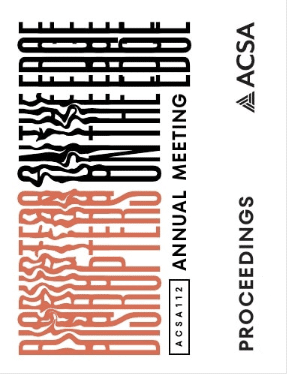Author(s): Anthony Brand
Can the architectural classroom harness the power of advanced text-generating tools? This paper delves into the dramatic shifts spurred by these tools in architectural pedagogy, with a particular focus on OpenAI’s ChatGPT. It underscores the pressing need to reconfigure our pedagogical strategies as we grapple with the profound implications of such technologies for traditional essay-based assessments.The advent of these text-generating tools in the academic realm presents two distinct paths for the future of architectural pedagogy. We could revert to traditional, invigilated examination methods, a choice fraught with challenges like exacerbating students’ exam anxieties and promoting rote learning. Alternatively, we could embrace progress, acknowledging the inevitable influence of these tools on student work, and pivot assessment strategies towards elements that currently elude these technologies – metacognitive and soft skills.This investigation acknowledges the ethical dilemmas of tool-assisted work, from blurred boundaries of authorship to potential inequities as students with access to superior tools gain an advantage. Yet, amidst these considerations, the study emphasises the enduring importance of a robust grounding in history, theory, criticism, in crafting socially meaningful, utilitarian, and life-enhancing architecture, even in the face of these tools’ transformative influence.Drawing on firsthand experience and empirical data from a restructured History, Theory, and Criticism course at a tertiary institution, this paper explores student feedback and how their perceptive and expectations of working with generative tools might be better aligned within an academic context within a supportive, ethical and transparent framework. This perspective offers a glimpse into the potential of a pedagogical model that incorporates these tools while preserving the primacy of critical thinking and research skills.As we navigate this evolving educational landscape, this study underscores the imperative of preparing our students not just for the architectural challenges of today but for the tool-enhanced realities of tomorrow.
Volume Editors
Germane Barnes & Blair Satterfield
ISBN
978-1-944214-45-6

 Study Architecture
Study Architecture  ProPEL
ProPEL 
